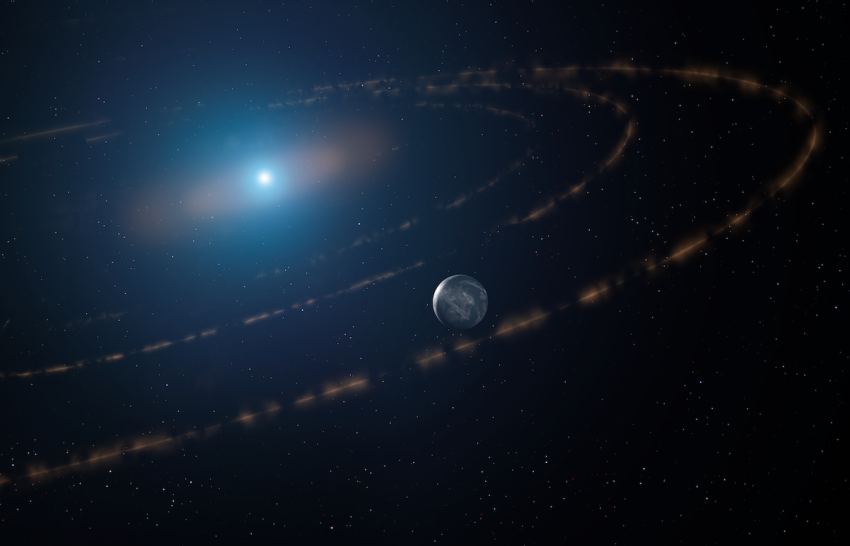
Some astrophysicists theorize that there are primordial black holes, leftover from the formation of the universe. These could have a fraction of the mass of stellar and supermassive black holes and could even be a partial explanation for dark matter. In a new paper, a researcher investigates what would happen to the human body if one of these black holes passed through a person. How much mass, speed and gravity would be dangerous?
Continue reading

The odds of 2024 YR4 striking Earth in 2032 have doubled to 2.3%, but that's not surprising given that it's still early days.
Continue reading


















































